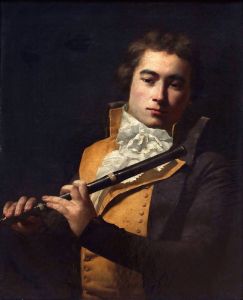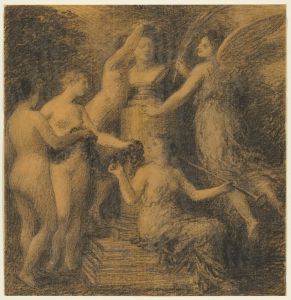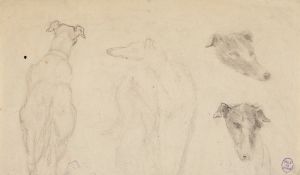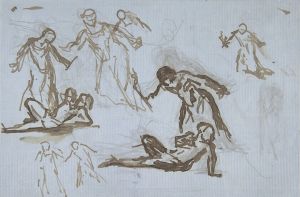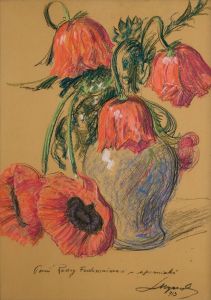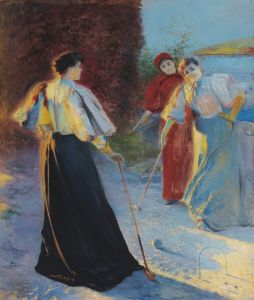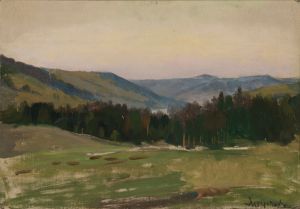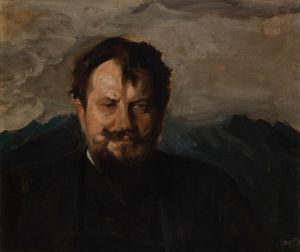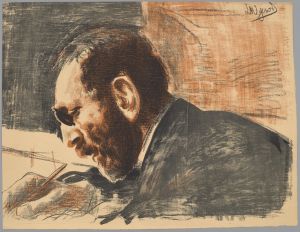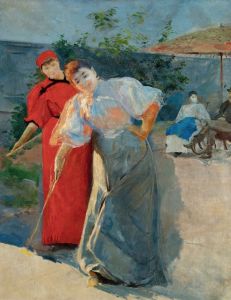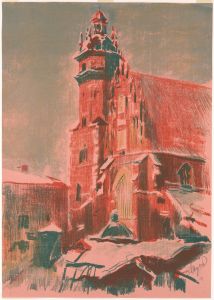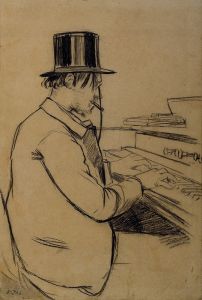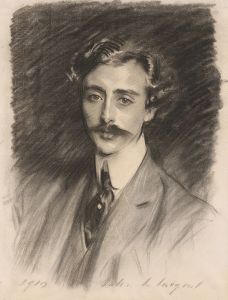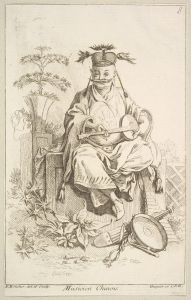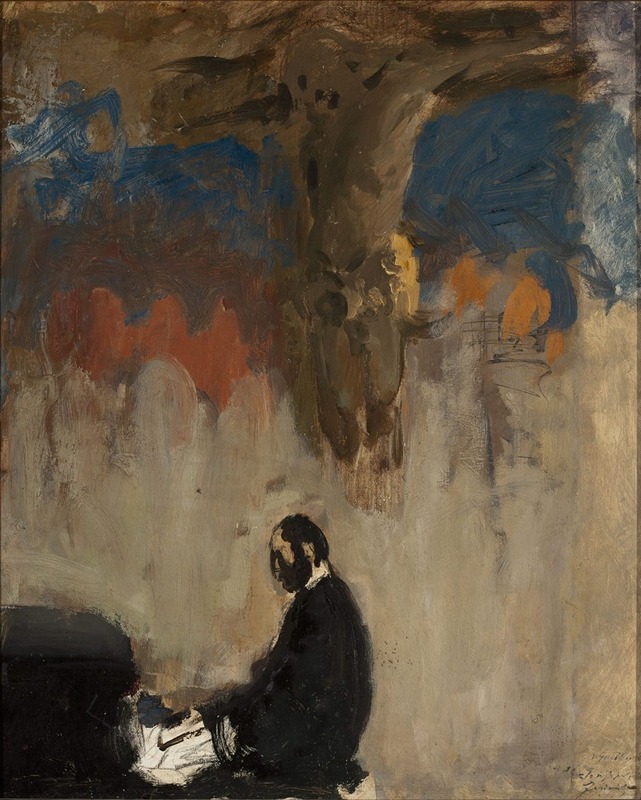
Feliks Jasieński at the organ, sketch
A hand-painted replica of Leon Wyczółkowski’s masterpiece Feliks Jasieński at the organ, sketch, meticulously crafted by professional artists to capture the true essence of the original. Each piece is created with museum-quality canvas and rare mineral pigments, carefully painted by experienced artists with delicate brushstrokes and rich, layered colors to perfectly recreate the texture of the original artwork. Unlike machine-printed reproductions, this hand-painted version brings the painting to life, infused with the artist’s emotions and skill in every stroke. Whether for personal collection or home decoration, it instantly elevates the artistic atmosphere of any space.
Leon Wyczółkowski was a prominent Polish painter and graphic artist, known for his contributions to the Young Poland movement and his diverse artistic style that spanned realism, impressionism, and symbolism. One of his notable works is the sketch titled "Feliks Jasieński at the Organ." This piece captures the essence of a significant cultural figure, Feliks Jasieński, who was an influential art collector, critic, and patron of the arts in Poland.
Feliks Jasieński, often referred to by his pseudonym "Manggha," played a crucial role in the promotion and support of the arts in Poland during the late 19th and early 20th centuries. His extensive collection included Japanese art, which he avidly promoted, as well as works by contemporary Polish artists. Jasieński's passion for art and culture made him a central figure in the artistic community, and his interactions with artists of the time were instrumental in shaping the Polish art scene.
The sketch "Feliks Jasieński at the Organ" by Wyczółkowski is a testament to the friendship and mutual respect between the artist and Jasieński. Wyczółkowski's ability to capture the character and essence of his subjects is evident in this work. The sketch likely portrays Jasieński engaged in playing the organ, an activity that suggests his deep appreciation for music, another facet of his artistic interests.
Leon Wyczółkowski's artistic journey was marked by his education at the Kraków Academy of Fine Arts and his subsequent studies in Munich and Paris. His exposure to various artistic movements and styles influenced his work, allowing him to experiment and evolve throughout his career. Wyczółkowski was known for his landscapes, portraits, and genre scenes, often characterized by their vibrant colors and dynamic compositions.
The relationship between Wyczółkowski and Jasieński was emblematic of the collaborative and supportive nature of the Polish art community during this period. Jasieński's role as a patron and collector provided artists like Wyczółkowski with the resources and encouragement needed to pursue their creative endeavors. In return, artists often depicted Jasieński in their works, acknowledging his contributions to their careers and the broader cultural landscape.
"Feliks Jasieński at the Organ" is a reflection of the interconnectedness of art, music, and cultural patronage in early 20th-century Poland. It highlights the importance of individuals like Jasieński, whose dedication to the arts helped foster a vibrant and dynamic artistic environment. Wyczółkowski's sketch not only captures a moment in time but also serves as a historical document that underscores the significance of artistic collaboration and support.
Today, both Leon Wyczółkowski and Feliks Jasieński are remembered for their lasting impact on Polish art and culture. Wyczółkowski's works continue to be celebrated for their technical skill and emotional depth, while Jasieński's legacy as a patron and collector is preserved in the collections he helped build and the artists he supported. The sketch "Feliks Jasieński at the Organ" remains a poignant reminder of their contributions and the enduring power of art to connect and inspire.





